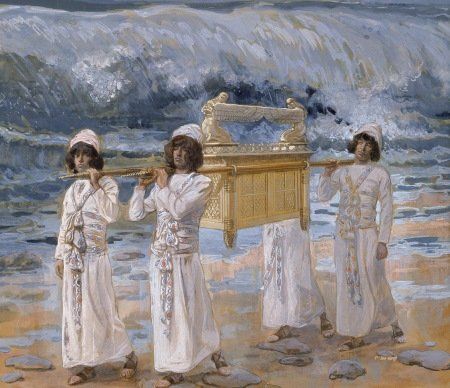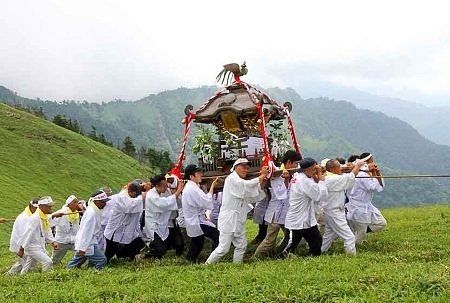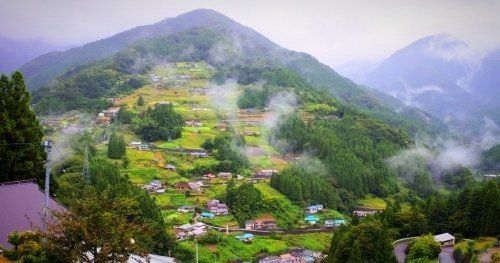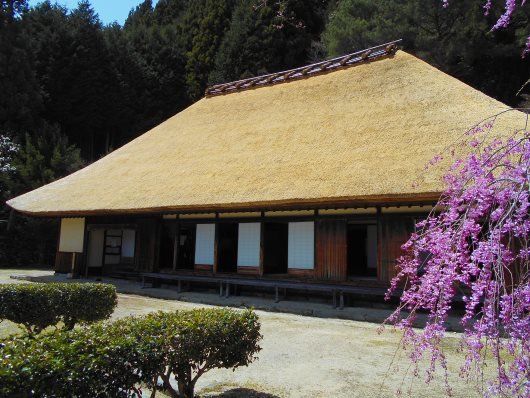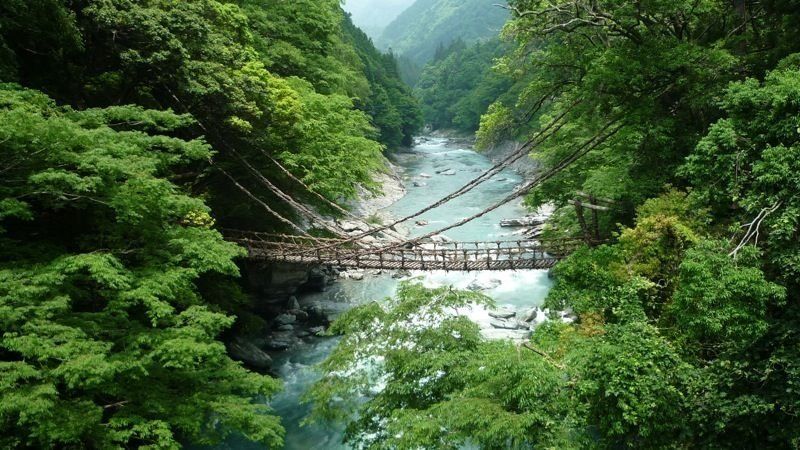In the 1930's, while a fictional Indiana Jones was raiding Egyptian tombs and duking it out with Nazis for the Lost Ark of the Covenent (which is said to contain the pieces of the Ten Commandments brought forth by Moses), a real-life Japanese Indy Jones began digging up Iya's Mt. Tsurugi because he believed, through extensive research of comparing Japanese legends and texts with Biblical Scripture, that ancient Israelis crossed half the earth and hid the Lost Ark there. Though some of the links made are more compelling than others, the man, Masanori Takane, was a bit obsessed with his belief, and it must have taken a fair amount of effort for him conduct his nearly two decades of excavations on the mountain being that he started well before any road was built out to it.
Historical Sites
History and Legends Abound
The Iya Valley: A legendary place to hide
Many things in Japan are ranked in lists and the Iya Valley certainly has its fair share. There's "Japan's Top 100 Mountains" (of which Oku-Iya's
Mt. Tsurugi is one of them), there's the
"100 Best Water Springs" (which includes the spring on Mt. Tsurugi that is the source for the Iya River), and there's also the country's
"Three Amazing Bridges" (which of course includes the Kazurabashi Vine Bridge). But perhaps the list the Iya Valley is most noted for being on is as one of "Japan's Three Hidden Regions". And while there's no doubt that the absence of roads until fairly recently added to the allure of Iya being secret place, the deepest parts of the valley are also well steeped in legend as being a pace to hide.
Arrival of the Heike
Probably Iya's most famous legend is how some of the fugitive Heike Samurai (of the Taira Clan) came here in the 12th Century in order to evade their pursuing victors from the Genpei War,
which their clan had just lost (some say the vine bridges were their invention so that if ever being chased down they could just cut the vines and make an escape). Arriving in Oku-Iya on New Year's Day 1187 near the present day Bukeyashiki Historic House, they quickly established themselves as the chiefs of the valley's existing residents. It is said that the unique local custom of using a cyprus tree branch, instead of the more common pine tree branch on New Year's alters here is the result of the winter-weary samurai being unable to find a pine tree and this practice has been maintained even to this day as a symbolic reference to their arrival.
But the story of the hiding Samurai goes further, in that they supposedly also brought with them Japan's young Emporer Antoku, and the fleeing samurai's leader, Taira-no Kunimori, was tasked with keeping the seven year old boy-king protected. Though it is well documented that the boy actually drowned in the sea during the final battle of the war, this was supposedly just a story told by the victors in order to seal their grip on power. In reality, some say, he was brought to Oku-Iya prior to the final battle (and replaced with a body double) to both hide and so that they could regroup their armies, allowing the boy to retake his rightful position someday. And he would prove he was the legitimate heir to the throne by being in possession of the Emporer's Sword, a sacred object only he could have (kind of like King Arthur and Excalibur) and which was never recovered by the victors.
However, it's said the boy died from illness within a year or two of coming to Iya, and the samurai just lived on secretly in the valley, with their descendants peacefully thriving (the 23rd generation of Kunimori is currently the head of Oku-Iya's Post Office). Many artifacts of their time here remain, including flags from the Heike's final battle, shrines they established including the Tenmangu Shrine
where the boy-Emporer was cremated, the 800 year old Hoko-Sugi
cedar tree and Hoko Shrine
beside the Bukeyashiki Historic House
that were established by Kunimori, and of course the Asa-ke Historic House
where Kunimori's esteemed descendants lived until modern times. More information and relics of the Heike can be found at the well curated Higashi Iya Museum of History and Folklore
in Kyojo.
The Emporer's sword, however, was supposedly buried somewhere on Mt. Tsurugi in order to safely hide it, hence Tsurugi's name, which translates as "sword mountain"
(though one may argue they should have called it "teacup mountain" or something if they wanted to keep it secret...). And while nobody really knows if the sword was actually buried there, it is far from the most unbelievable thing supposedly embeded within the mountain's slopes.
Something Mightier than a Sword
Top Historical Sites
Ochiai Village
A traditional Iya mountainside hamlet
Nagaoka-ke Historic House, Ochiai Village


